Ashitaba Profile
Written by Joy
Nov 05 2020
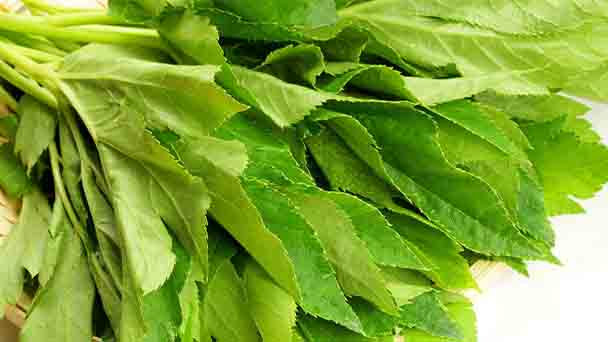
Ashitaba is an angelica plant in the Umbelliferae family, a perennial herb. Its plant height is 80-120 cm, its stems and leaves contain yellow sap, and Ashitaba's stems are erect and branched. According to the shape of the plant, it can be divided into three varieties: green stem species, red stem species and mixed species. The basal leaves are clustered, with long stalks, and the base is enlarged to hold the stem. The leaves are large in shape 1-2 times and pinnate with 3 compound leaves. Compound umbels, short-haired; no involucre. The fruit is oblong and slightly flat. Flowering from May to October. Ashitaba's fruiting period is generally between September and December.
Ashitaba morphological characteristicsAshitaba efficacy and roleThe Edible Value of AshitabaThe medicinal value of AshitabaFeedingAshitaba cultivationSeed soakingSowing method of AshitabaSite preparationSeedling divisionIrrigation and top dressingHarvest
Ashitaba is widely distributed in Japan, South Korea and China; in China, it is distributed in Guangxi, Yunnan and Taiwan. Sex likes cold to warm, avoid high temperature and humidity, the suitable temperature for the growth of tomorrow's leaves is about 12-22 ℃.
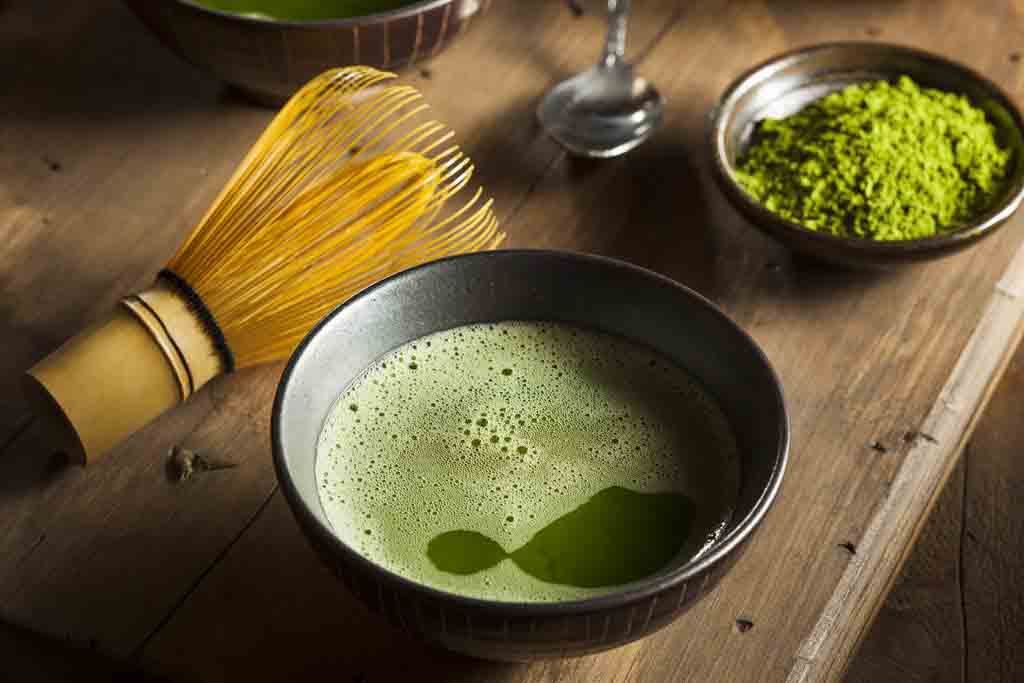
Ashitaba morphological characteristics
Ashitaba is a perennial herb. Plant height is 80-120 cm, stems and leaves contain yellow sap, stems are upright and branched. According to the shape of the plant, it can be divided into three varieties: green stem species, red stem species and mixed species. The basal leaves are clustered, with long stalks, and the base is enlarged to hold the stem. The leaves are large 1-2 pinnate and 3 compound leaves, lobed or deeply divided, small pinnate leaves ovate or broadly ovate, 4-8 cm wide, apex Pointy, finely serrated edges, smooth and hairless on both sides.Ashitaba has multiple umbels, short hairs, no involucre, several bracteoles, broad linear. Ashitaba has many small flowers, cream yellow; 5 petals, curved inward. Ashitaba has 5 stamens; the ovary is inferior. The fruit is oblong and slightly flat. Flowering from May to October. Ashitaba's fruiting period is September to December.
Ashitaba efficacy and role
The Edible Value of Ashitaba
Ashitaba is a dual-purpose crop. It can be eaten directly as natural green vegetables. Biological experts analyzed Ashitaba that its stems and leaves contained various vitamins, carotene, 16 kinds of amino acids, and phenylene phenyl ketones, so it enjoyed the reputation of a miraculous plant. Ashitaba has a unique fragrance, which can relieve the fishy smell of fish and meat. Ashitaba's stems and leaves become soft and delicious after being boiled. When used as vegetables, it can be fried, fried, chilled or made into tea juice.The medicinal value of Ashitaba
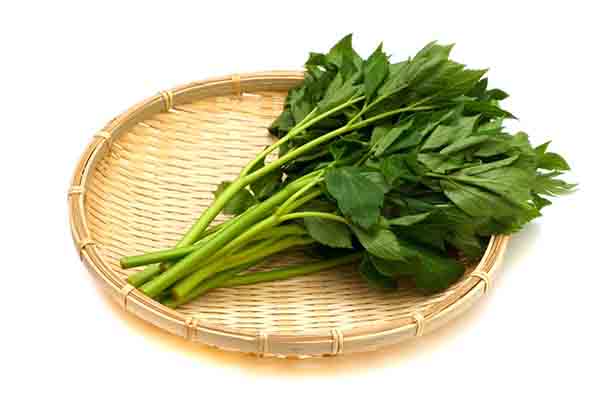
Feeding
If tomorrow leaves are not picked in time, the leaves will become old and inedible, but they can be harvested as feed. Farmers from Hachijo Island in Japan used Ashitaba to feed their cows, and there was a world record for milk production. Supplementing dried Ashitaba in the hen feed can deepen the color of the yolk and increase the vitamin content of the eggs. Ashitaba can use the by-products in the process of producing fresh Ashitaba vegetable juice as nutrients for the cultivation of Hericium Erinaceus. As a result, the content of vitamin B2 and vitamin C in the Hieracium, the total ash content including phosphorus, magnesium, and calcium, and the total amino acid content has increased.Ashitaba cultivation
Seed soaking
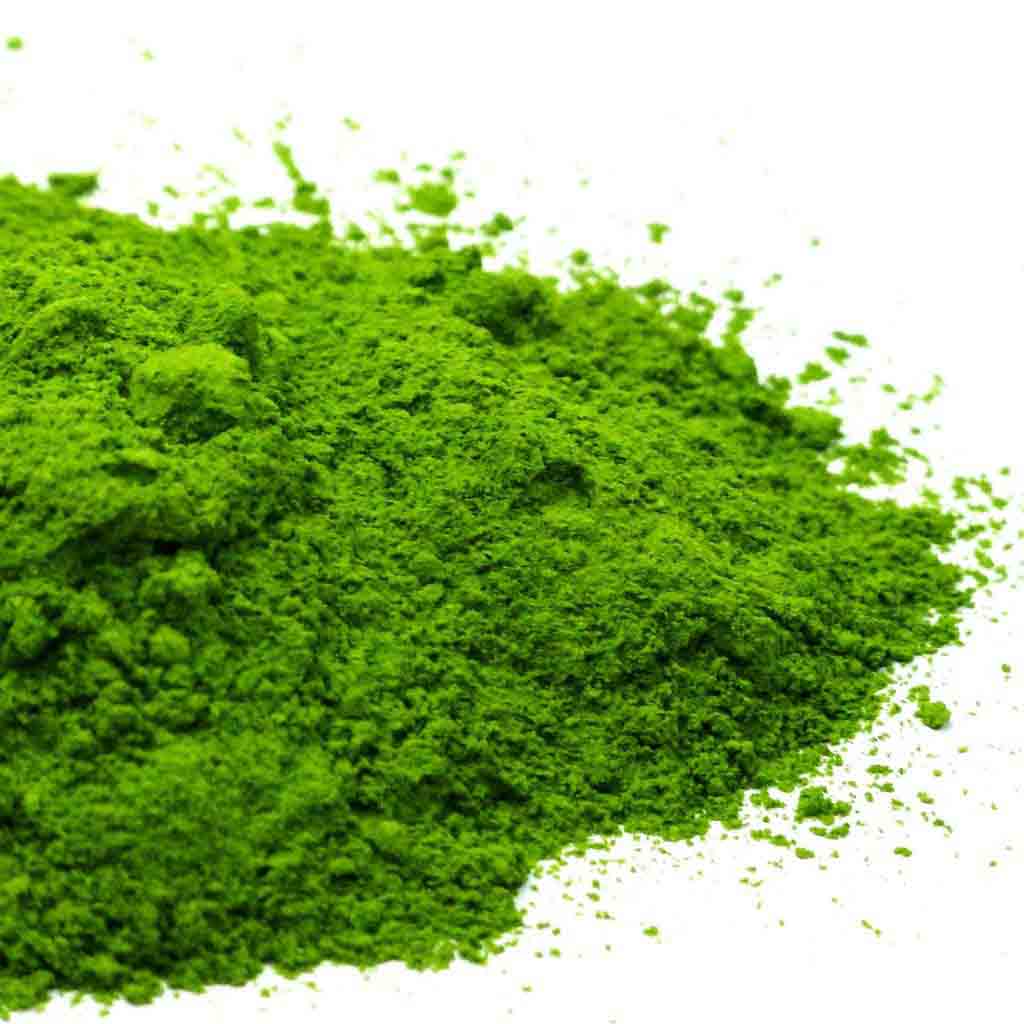
Sowing method of Ashitaba
The planting period can be selected from October to November in autumn, planting from February to March, or planting from February to April and planting from April to May. The seedbed should choose loam or sandy loam, if there is humus soil, it is better. After sowing, cover the soil with a small amount and then cover with straw. Always pay attention to watering to keep the soil moist.Ashitaba's cultivation technology
Site preparation
Ashitaba is not tolerant to strong light, the light is too strong, the stems and leaves are hard, and the quality is poor. It can be cultivated in an orchard or a ventilated place under the forest. The soil quality is not required to be very fertile, just medium fertility. When the groundwater level is high, it should be made high. It is best to use humus soil and decomposed farmyard manure as fertilizer, and useless or less chemical fertilizer.Seedling division
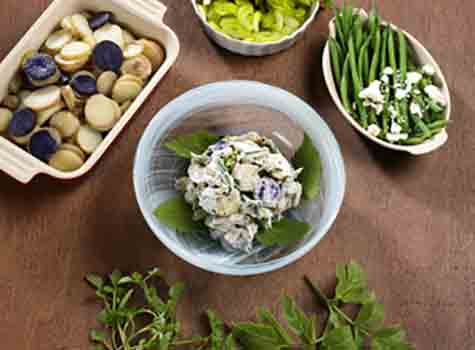
Cultivation and weeding
After planting alive, pay attention to ploughing frequently, and remove weeds.
Irrigation and top dressing
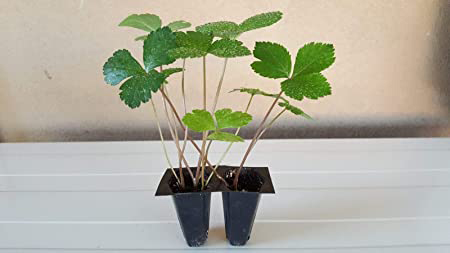
Harvest
When planted into a live new leaf, you can cut the petiole and leaf for food when it exceeds 30 cm. Not picking new leaves will become old and inedible, and the plant life will be shortened. When picking, pay attention to keeping 2-3 old leaves of Ashitaba, mainly picking young leaves. If all the new and old leaves are picked, the Ashitaba plants will die quickly. When picking from the rhizome, leave a 5 cm base. Never cut to the root. Properly picking leaves and controlling the root system, its life span can be maintained for 4-5 years, and flowering and fruiting after 4-5 years. Ashitaba roots of more than 3 years have the same nutrition as leaves and can be drunk in wine and have the same effects.Latest Updated
- Benefits of Bugleweed - 7 Science-backed Health Benefits
- Bugleweed Dangers & Side Effects - Is It Poisonous?
- How to Plant Evergreen Trees - What You Should Know
- When to Plant Evergreens - Grow Guide for Evergreen Trees
- 12 Wonderful Evergreen Shrubs for Your Garden
- 12 Popular Evergreen Plants with Pictures for Beginners
- When And How To Prune A Lilac Bush Like a Pro
- How to Grow & Care for Lilac Vine (Hardenbergia Violacea)
- Japanese Lilac Tree (Syringa Reticulata) Care & Propagation Guide
- Shumard Oak Pros and Cons - What to Know
Popular Articles
- Winter maintenance of Antirrhinum Majus
- How to Grow Terminalia Mantaly Tree
- How to Grow and Care for Crossostephium Chinense
- How to grow Antirrhinum Majus in spring
- Peristeria Elata (Dove Orchid) Profile: Info & Care Guide
- Underwatered Snake Plant (Sansevieria Trifasciata) - Signs And How To Fix
- How to Care for Brazilian Jasmine Plant (Mandevilla Sanderi)
- How to Grow & Care for Graptopetalum Purple Delight in Summer
- Rosa Chinensis (China Rose): Plant Growing & Care Tips
- How to Care for Baby Sun Rose (Aptenia Cordifolia)